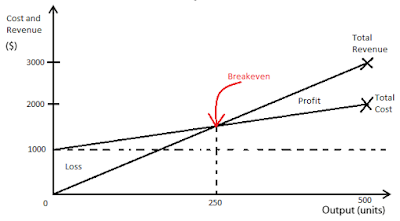Relevant Costing
Incremental Costs mean extra, or additional costs - Relevant Costs.
Opportunity Costs -The value of a benefit sacrificed / Lose Contribution / Losing Income - Relevant Costs.
Sunk Costs - Already spent money - Not Relevant Costs.
Committed Cost - Not yet pay but will have to pay whether we do the contract - Not Relevant Costs
Make or Buy decisions
Where resources are limited, the firm should concentrate on making those products that give the greatest saving (over buying in) per unit of the scarce resource.
- Calculate Savings per unit if we make ourselves.
- Define the measurement (kg) of material
- Calculate Savings per material (kg). To determine which saves more by order.
- Finally, Calculate,
- which and how many products should the company make?
- which and how many should it buy?









